✨ AI as a 'normal technology' would still be amazing
A new Wall Street report on AI and growth outlines a more prosperous future, even without superintelligence
My fellow pro-growth/progress/abundance Up Wingers,
Artificial intelligence is the biggest socioeconomic story in the world. So no apologies writing about it so much.
I just hope that I’ve struck the proper balance between writing about the potential of supersmart AI (whether you call it artificial general intelligence, artificial superintelligence, or just superintelligence) and discussing generative AI as a powerful general-purpose technology akin to the personal computer and internet.
Both angles — wonderworking and workmanlike — are exciting. Still, there’s an obvious temptation to overly focus on the former given the possible science fictional upsides and downsides.
The AI ‘normalist’ view
But it’s a temptation to be avoided, argue two Princeton University computer scientists, Arvind Narayanan and Sayash Kapoor, in their essay “AI as Normal Technology” from last April. AI’s impact will be profound but gradual, a trajectory shaped less by sudden leaps in capability than by the slow grind of adoption, regulation, and organizational change.
Narayanan and Kapoor: “Like other general-purpose technologies, the impact of AI is materialized not when methods and capabilities improve, but when those improvements are translated into applications and are diffused through productive sectors of the economy.”
The real challenge, according to the researchers, is not keeping a digital galaxy brain in a cage. Rather, it’s managing risks familiar from past technological advances — accidents, misuse, regulatory lag, and inequality.
“We view AI as a tool that we can and should remain in control of, and we argue that this goal does not require drastic policy interventions or technical breakthroughs. We do not think that viewing AI as a humanlike intelligence is currently accurate or useful for understanding its societal impacts, nor is it likely to be in our vision of the future.
Goldman’s productivity projection
It’s this “normalist” view (neatly summed up in a recent The Economist piece ‘What if artificial intelligence is just a “normal” technology?’) that’s most common among Washington and Wall Street economists and policy analysts. It’s the world I’m immersed in.
But normal ain’t nothing when it comes to a GPT. Just check out this new and updated analysis from the bank Goldman Sachs (which I gave a sneak preview of yesterday) on how AI will affect US productivity and economist growth over the next decade. Indeed, the bank argues that AI is already reshaping America’s growth prospects in ways that standard statistics miss.
For starters, GS puts potential GDP growth at 2.1 percent through 2029 and 2.3 percent in the early 2030s, compared with the 1.8% long-run forecasts from the Federal Reserve and the Congressional Budget Office. That half-point gap may look small, but on a sustained basis the power of compounding means the difference between the economy doubling in size by the mid 2050s or waiting until the mid 2060s. And to regular Americans, it might mean the difference between a growing economy and an economy that really feels like it’s expanding. So we’re talking about a different — and healthier — American politics, too, I think.
Goldman’s optimism partly rests on some reworked productivity math. Official government figures suggest economywide U.S. output per hour rose just 1 percent last year, hardly a surge. Goldman argues those numbers understate reality for three reasons.
First, payroll benchmarks due in 2025 will likely revise down employment growth, which mechanically raises measured productivity.
Second, much of the recent boom in AI-related capital spending — semiconductors and cloud services in particular — is treated by statisticians as an “intermediate input” rather than investment, leaving it invisible in GDP. Goldman estimates that this misclassification has obscured roughly 0.5% of GDP in new capital formation since 2022.
Third, hours worked are probably understated, thanks to survey respondents filling out time-use data on behalf of other household members.
Correcting for these quirks, Goldman calculates that productivity actually grew by 1.5 percent over the past year and has averaged 1.6 percent since 2019. That’s well above the 1.2 percent trend before the pandemic.
Beyond the statistical rejiggering, Goldman expects AI to echo the 1990s tech boom: a first phase of capital deepening, as firms pour investment into chips, cloud, and models, boosting output per worker. This will be followed by a second phase of total factor productivity gains, as organizations efficiently restructure around the technology akin to how factories dealt with electrification a century ago.
The 1990s saw a similar arc, where investment gave way to broader efficiency gains. If AI follows that path, US productivity could climb further into the 2030s.
From there, tail “risks,” or more extreme scenarios, run in both directions:
On the positive side, the main risks are that AI adoption happens faster than we expect or that current model breakthroughs eventually lead to artificial general intelligence. If this were to occur, potential AI innovation could lead to a large acceleration in productivity growth that eventually makes human input in knowledge-based work tasks redundant. On the negative side, the main risks are that AI capex underperforms, population growth slows more abruptly than we expect, or scientific and technological progress slow down.
My base case remains AI as a normal technology, at least for now, but with considerable optimism it can be more — perhaps sooner rather later.
Faster, please!
On sale everywhere: The Conservative Futurist: How To Create the Sci-Fi World We Were Promised by James Pethokoukis
Micro Reads
▶ Economics
▶ Business
▶ Policy/Politics
H-1B Visas Are Crucial to American Productivity - Bberg Opinion
▶ AI/Digital
AI Agents Arrive at Citi - WSJ
Tracing the Techno-Supremacy Doctrine: A Critical Discourse Analysis of the AI Executive Elite - Arxiv
▶ Biotech/Health
▶ Clean Energy/Climate
Data Geologists Are Key to Making the Energy Transition Work - Bberg Opinion
▶ Robotics/Drones/AVs
Why Are Robotaxis Driving Lyft’s $1.6 Billion Rally? - Bberg Opinion
▶ Space/Transportation
▶ Up Wing/Down Wing
▶ Substacks/Newsletters
Indians and Koreans not welcome - Noahpinion
Billionaire Planet - Risk & Progress
The problems with transit have nothing to do with crime - Slow Boring
The SolarFix Is In - The Ecomodernist
50 Years Ago: When the US Encouraged Coal Use - Conversable Economist
Revisiting the Geoengineering Question - The Climate Brink



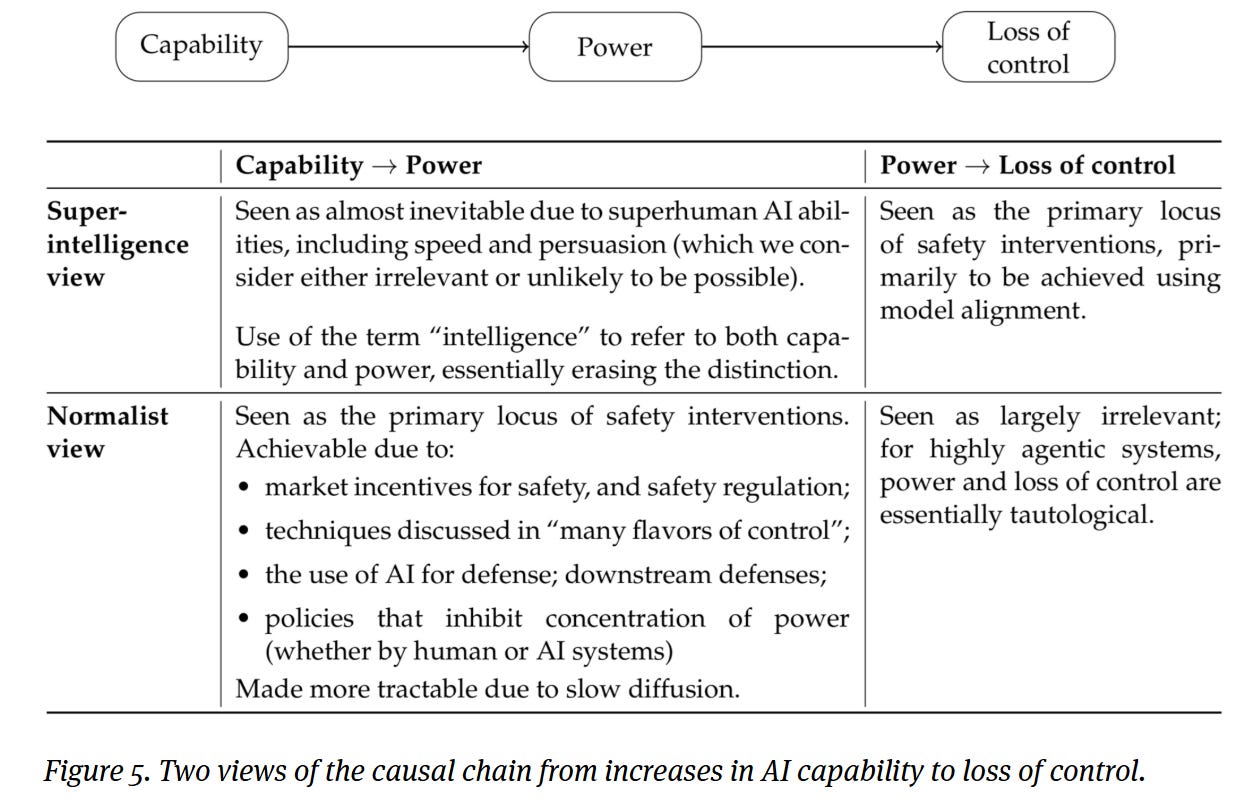
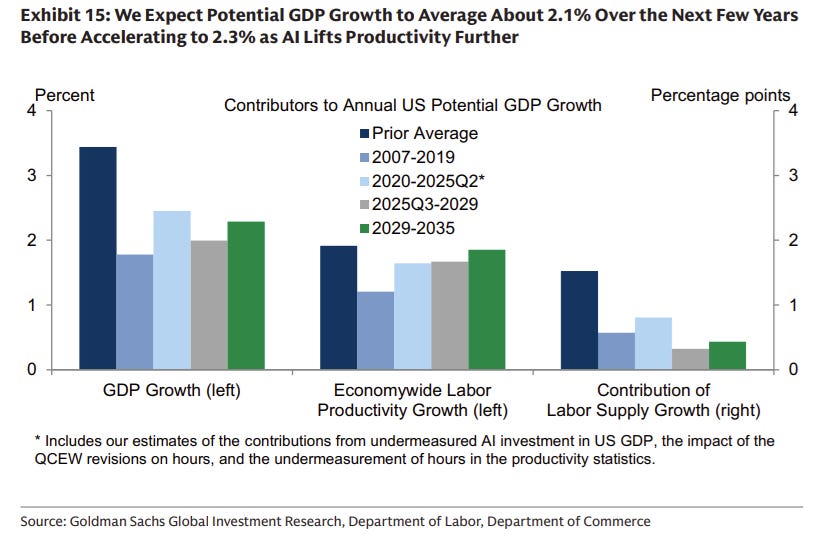
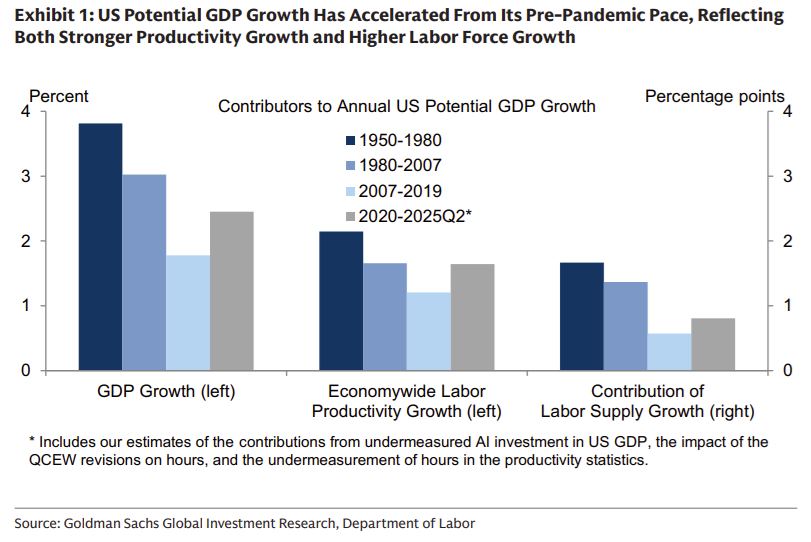
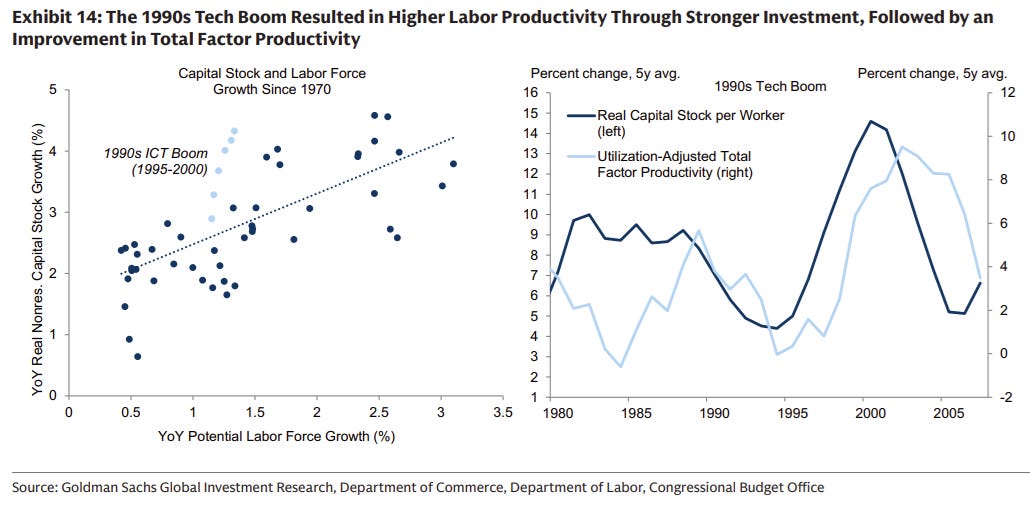
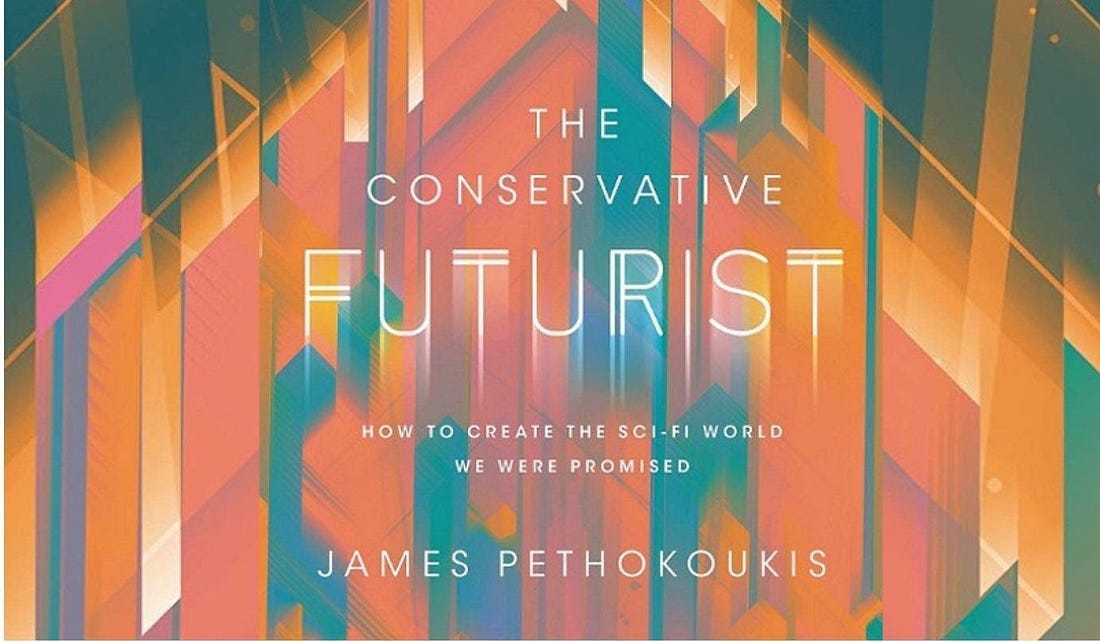
Great analysis, this is right on point. I don't believe in AGI, but AI as we know it, combined with incremental rather than transformative improvements, is already on track to have a huge range of applications with big benefits for productivity growth over decades. It's analogous to other GPTs, like cars, electricity, and railroads. Lots of creative destruction, lots of growth, lots of enrichment that will reach far beyond the inventors and power users.
It’s reassuring to hear that AI’s impact doesn’t depend solely on reaching superintelligence. What practical steps should businesses take to prepare for this more “normal” but still transformative AI future?